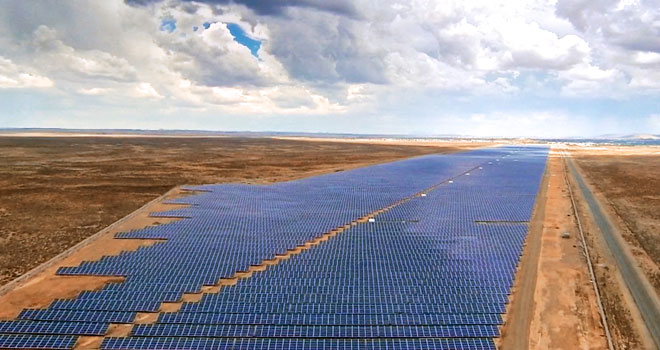A Greener South Africa – Why opt for nuclear power when Mother Nature already provides the answer in abundance?
The January 2016 edition of Country Life carried an article titled Solar Karoo about Kalkbult, near De Aar.
OK, so you don’t know where De Aar is?
Try Google Maps.
Some interesting statistics appear at the end of the article:
Renewable Energy in South Africa
- South Africa’s renewable energy sector – which really began in 2011 – is seen as a global leader.
- South Africa has an average of 2 500 hours of sunshine a year, putting it among the top countries in the world when it comes to solar energy potential.
- The Department of Energy calculates that renewable energy could create 462 000 jobs in South Africa by 2030, and has already created 25 000 jobs.
- South Africa’s Integrated Resource Plan has a target of 17 800 MW from renewable energy by 2030.
- Renewable energy has attracted investment of R192.6bn, of which 28 per cent (R53.2bn) is foreign investment – equal to 85.8 per cent of all foreign direct investment in SA in 2014.
- A study by the Council for Scientific and Industrial Research in late 2015 found that solar and wind energy had generated R4 billion in financial benefits for South Africa within a period of six months.
- In 2015, Stellenbosch University’s Centre for Renewable and Sustainable Energy Studies found that solar and wind power had already reduced the duration and frequency of load shedding.
- South Africa’s Department of Energy has committed to 13 225 MW of renewable energy generation by 2025. By the middle of 2015, more than 6 000MW had been procured from 92 independent producers, with 37 having started commercial operations, which added 1 860MW to the grid.
- Communities within a 50km radius of renewable energy projects in South Africa have been substantial beneficiaries already, with a shareholding of 10.5 per cent in renewable projects. They are projected to receive a net income of R29.1bn over 20 years, or R1.46bn a year.
Information sourced from the South African National Energy Development Institute.
This leaves me with just one question: Do we need coal and nuclear powered facilities when Mother Nature provides more “fuel” than what we’ll ever need? In addition, the massive amount of water required to cool down existing facilities can be far better applied to agricultural needs.



